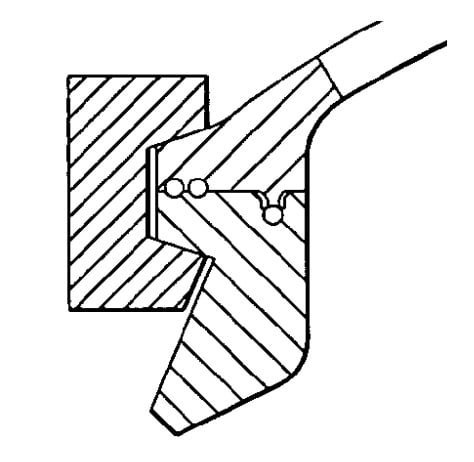jrs87
Mechanical
- Mar 22, 2018
- 201
Someone did not read the manual.
Follow along with the video below to see how to install our site as a web app on your home screen.
Note: This feature may not be available in some browsers.
Well that is my point, why polish the whole truck and everything else up for this show off, but leave that if it was possible to clean it off.JohnRBaker said:That could just be poor clean-up after the last use.
![[ponder] [ponder] [ponder]](/data/assets/smilies/ponder.gif)
No as I sade it's only there to make it gas-tight when transporting things that can evaporate toxic gases.Tug. said:I don't think the seal is particularly important in this design.
Frisbee you know. ;-)dik said:I had no idea the 'projectile' could travel like that...
![[ponder] [ponder] [ponder]](/data/assets/smilies/ponder.gif)
I thought about it and I came to the conclusion that one of us has a busted calculator.TugboatEng said:f you think about it, a 24 inch diameter lid with 4500 psi applied to it and travelling 0.010 inch gains some 240,000 ftlbs of energy so a tiny amount of movement can generate tremendous amounts of energy.

